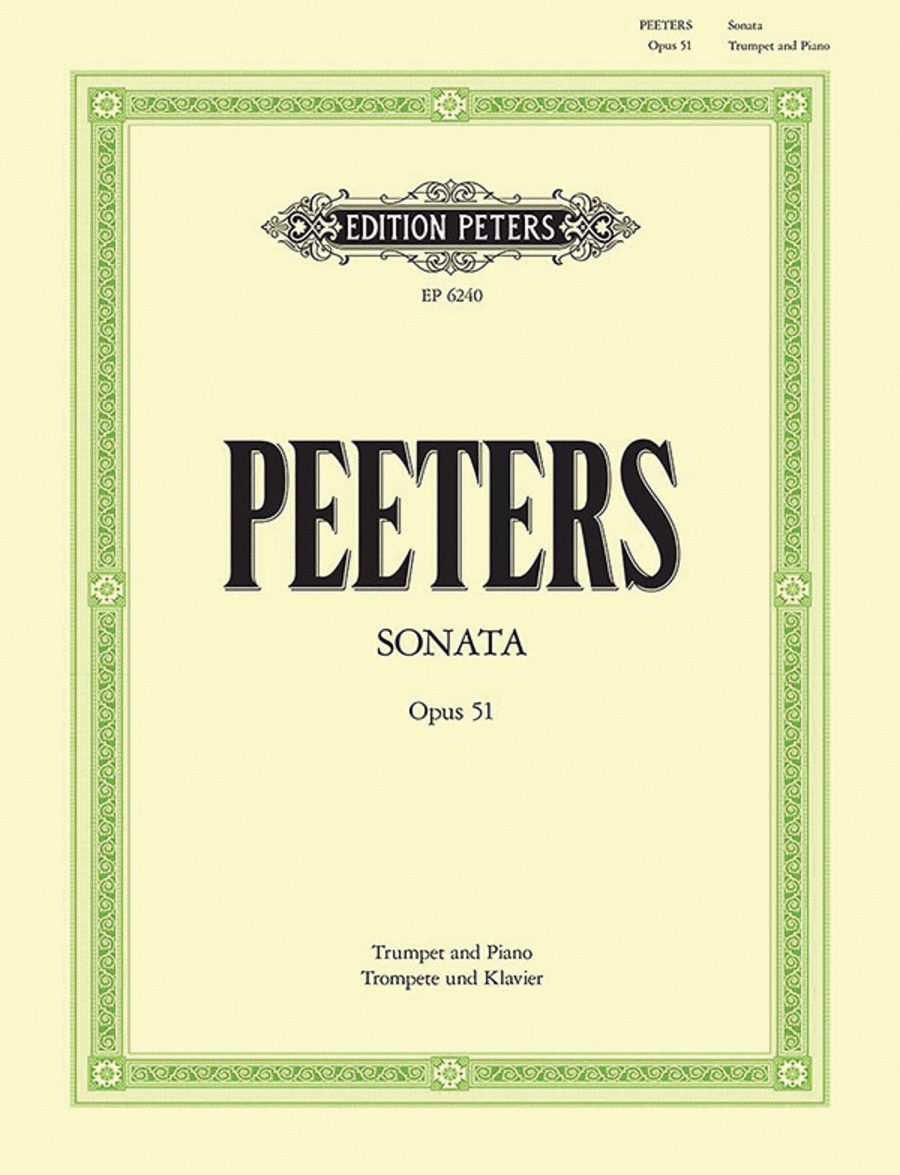Es ist euch gut, daß ich hingehe (It is good for you
that I leave), BWV 108, is a church cantata by Johann
Sebastian Bach. He composed it in Leipzig for Cantate
Sunday, the fourth Sunday after Easter, and first
performed it on 29 April 1725.
Bach composed the cantata in his second year in Leipzig
for the fourth Sunday after Easter, called Cantate. The
prescribed readings for the Sunday were from the
Epistle of James, "Every good gift comes from the
Father of lights" (James 1:17–21), ...(+)
Es ist euch gut, daß ich hingehe (It is good for you
that I leave), BWV 108, is a church cantata by Johann
Sebastian Bach. He composed it in Leipzig for Cantate
Sunday, the fourth Sunday after Easter, and first
performed it on 29 April 1725.
Bach composed the cantata in his second year in Leipzig
for the fourth Sunday after Easter, called Cantate. The
prescribed readings for the Sunday were from the
Epistle of James, "Every good gift comes from the
Father of lights" (James 1:17–21), and from the
Gospel of John, Jesus announcing the Comforter in his
Farewell discourses (John 16:5–15). In his second
year Bach had composed chorale cantatas between the
first Sunday after Trinity and Palm Sunday, but for
Easter returned to cantatas on more varied texts,
possibly because he lost his librettist. It is the
second of nine cantatas for the period between Easter
and Pentecost based on texts of Christiana Mariana von
Ziegler, after Ihr werdet weinen und heulen, BWV 103.
Bach shortened her text here as in other cantatas. It
begins, as several others of the period, with a bass
solo as the vox Christi delivering a quotation from the
gospel (John 16:5); a second quotation appears in
movement 4 (John 16:13). Movements 2 and 3 deal with
the hope for salvation; movement 5 is a prayer for
guidance until death. The poet used as the closing
chorale the tenth stanza of Paul Gerhardt's hymn Gott
Vater, sende deinen Geist (1653), expressing faith in
God's guidance.
As in the cantata for the same occasion one year
before, Wo gehest du hin? BWV 166, Bach gave the first
movement, the quotation of verse 7 from the gospel, to
the bass as the vox Christi. The movement has no title
and is between aria and arioso. An oboe d'amore as the
obbligato instrument plays extended melodies. The
following aria is dominated by a virtuoso solo violin.
A short secco recitative leads to the next Bible
quotation, verse 13 of the Gospel, this time rendered
by the choir. It is divided in three sections, similar
to a da capo form. All three parts are fugues, combined
in motet style, the instruments playing mostly colla
parte with the voices. The first section covers the
text beginning "Wenn aber jener, der Geist der
Wahrheit, kommen wird" (But when that one, the Spirit
of Truth, shall come); the second section begins "Denn
er wird nicht vom ihm selber reden" (For He will not
speak of His own accord); the third section expresses
"und was zukünftig ist, wird er verkündigen" (and
what is to come, He will foretell) on a fugue subject
similar to the first. The last aria is accompanied by
the strings, dominated by the first violin. The closing
chorale is a four-part setting on the melody of "Kommt
her zu mir, spricht Gottes Sohn".
Although originally scored for three vocal soloists
(alto, tenor and bass), a four-part choir, two oboes
d'amore, two violins, viola and basso continuo, I
created this arrangement for Bb Trumpet & Strings (2
Violins, Viola & Cello).











